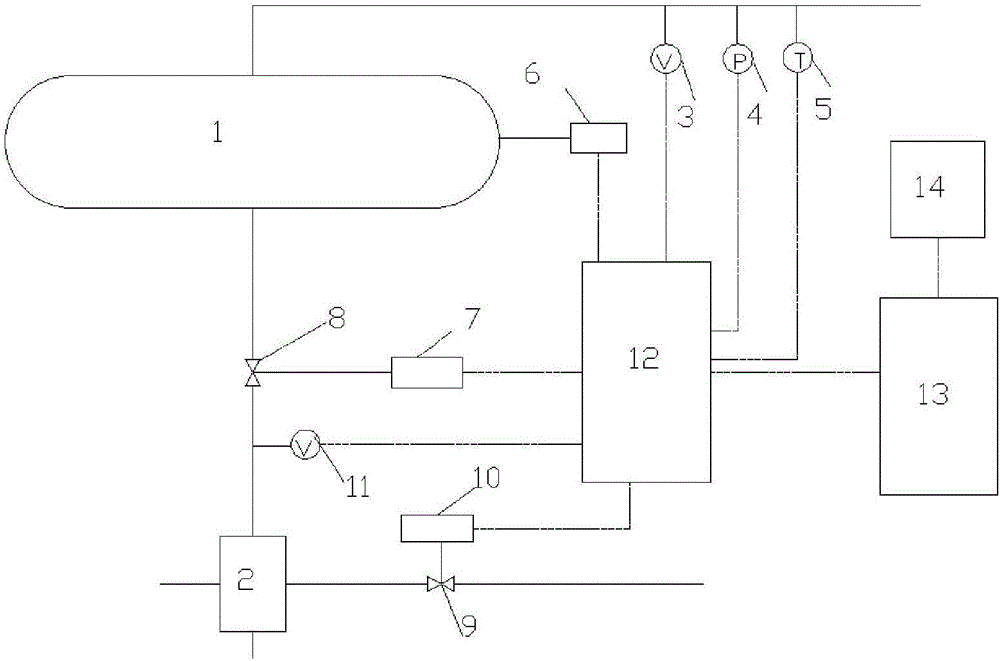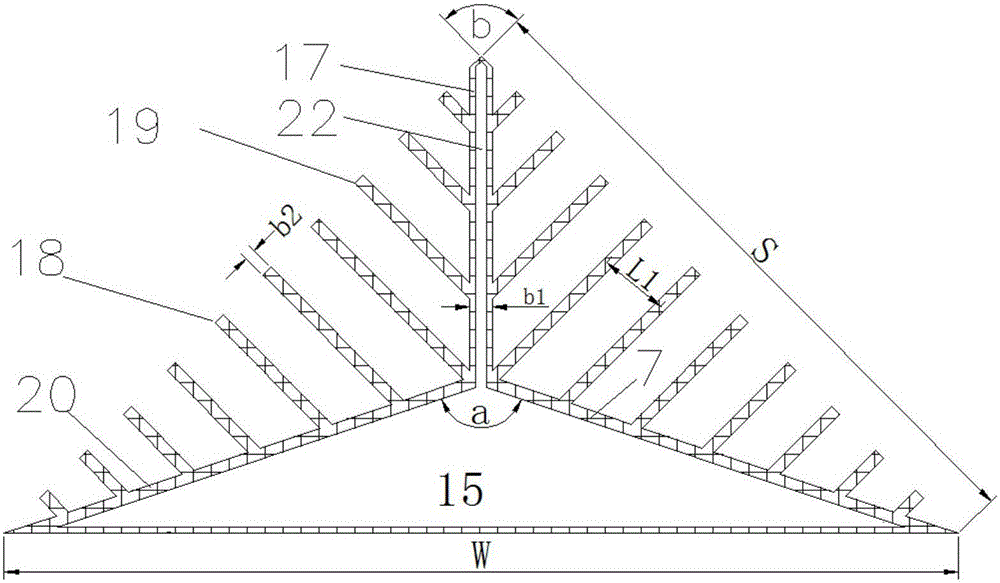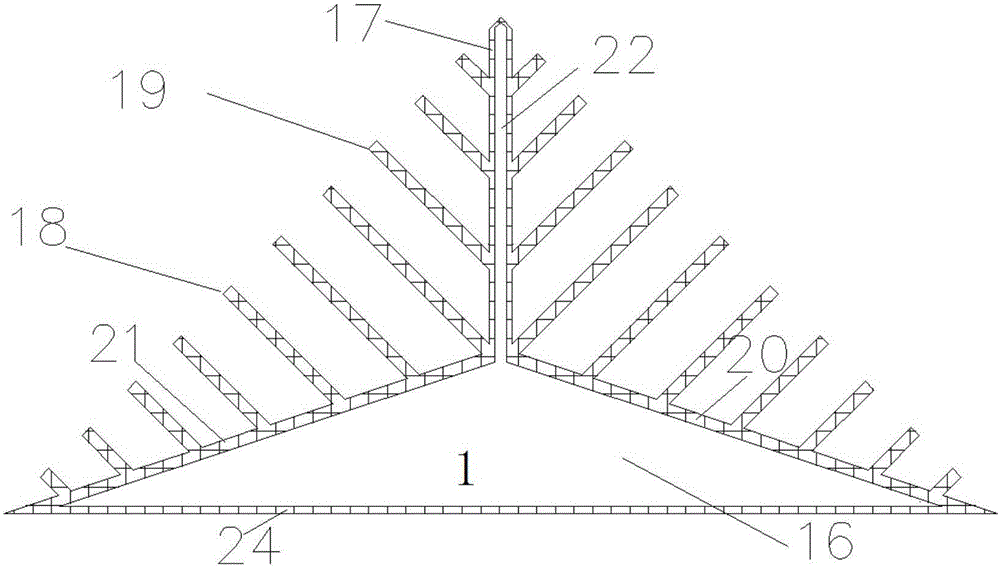Cloud measurement and control boiler system automatically discharging sewage according to sewage discharging ratio
A boiler and blowdown valve technology, applied in the field of boilers, can solve the problem of inability to flexibly adjust control procedures and parameters, and achieve the effect of saving heat exchange, preventing waste of heat energy, and optimizing structure
- Summary
- Abstract
- Description
- Claims
- Application Information
AI Technical Summary
Problems solved by technology
Method used
Image
Examples
Embodiment Construction
[0034] The specific embodiments of the present invention will be described in detail below in conjunction with the accompanying drawings.
[0035] In this article, if there is no special explanation, when it comes to formulas, " / " means division, and "×" and "*" mean multiplication.
[0036] A boiler thermodynamic system, the boiler thermodynamic system includes at least one boiler for generating steam, and the boiler is in data connection with a monitoring and diagnosis controller 12 so as to monitor the operation of the boiler. The monitoring and diagnosis controller 12 is data-connected with the cloud server 13 so as to transmit the monitored data to the cloud server. The cloud server 13 is connected with the client 14, and the client 14 can obtain various monitoring information through the cloud server.
[0037] Advantageously, the client can input data to control the operation of the boiler system.
[0038] like figure 1 As shown, the boiler includes an automatic contro...
PUM
 Login to View More
Login to View More Abstract
Description
Claims
Application Information
 Login to View More
Login to View More - R&D
- Intellectual Property
- Life Sciences
- Materials
- Tech Scout
- Unparalleled Data Quality
- Higher Quality Content
- 60% Fewer Hallucinations
Browse by: Latest US Patents, China's latest patents, Technical Efficacy Thesaurus, Application Domain, Technology Topic, Popular Technical Reports.
© 2025 PatSnap. All rights reserved.Legal|Privacy policy|Modern Slavery Act Transparency Statement|Sitemap|About US| Contact US: help@patsnap.com



